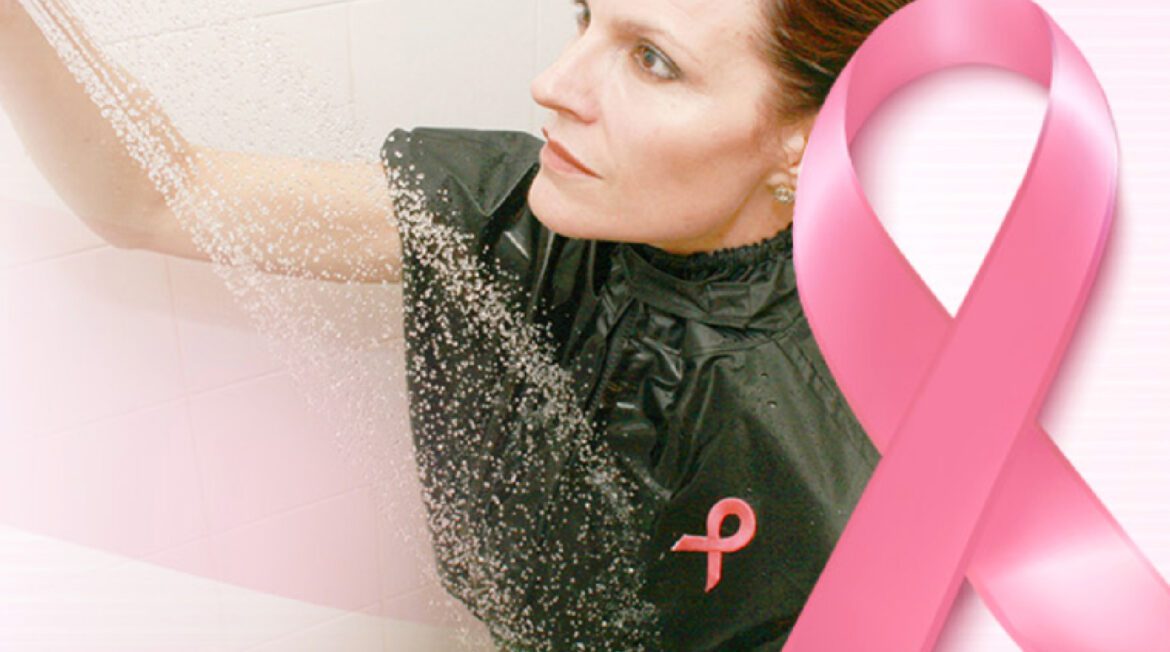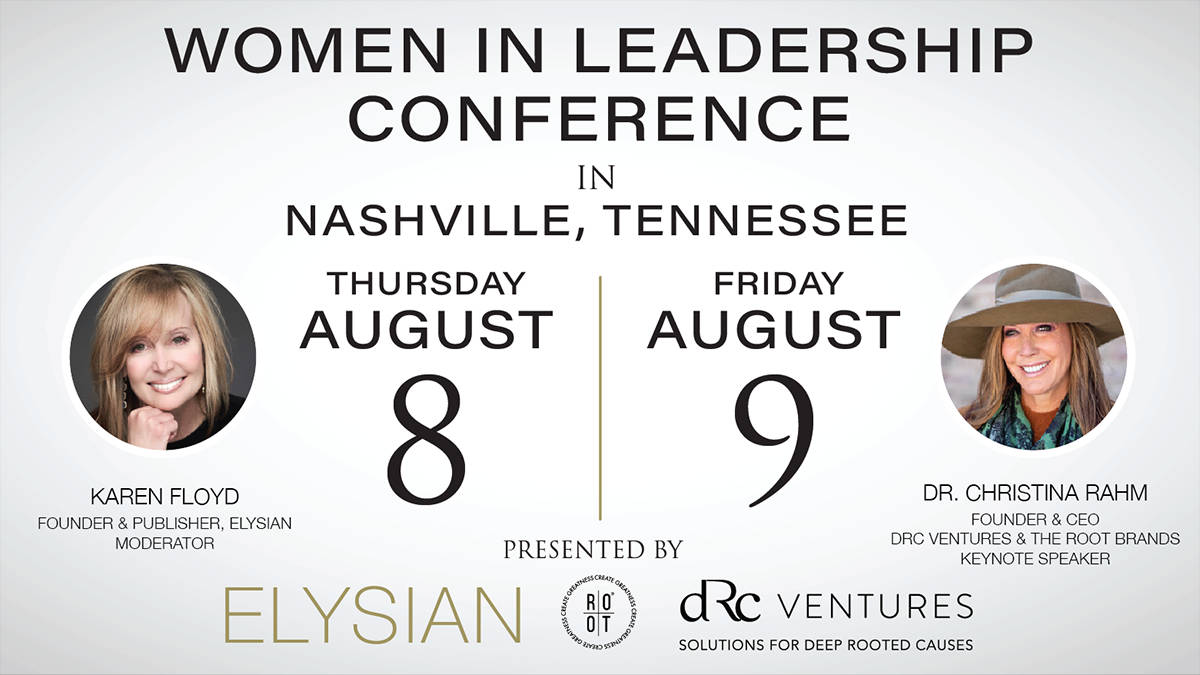With my lab report in hand, I searched the halls for a familiar face. As the hospital’s corporate media strategist, I knew most of the doctors, so when I saw one, I asked, “What does this mean?” Dr. Williams glanced quickly at the report and said, “Lisa, you have breast cancer.”
It took me minutes to regain my composure as I stood staring at the pathology report. I then asked myself, “What’s next?”
At 41 years old, what was next was a bilateral mastectomy. I awoke that evening after eight hours of surgery in unspeakable pain. The following day I was directed to walk. That is when I realized I had four post-surgical drains sutured into my chest extending below my knees.
 And showering? The doctor said that was out of the question for at least two to three weeks to prevent a water-borne infection. “You need to protect the drain sites,” he said. “What comes out of the faucet (tap water) is not sterile.”
And showering? The doctor said that was out of the question for at least two to three weeks to prevent a water-borne infection. “You need to protect the drain sites,” he said. “What comes out of the faucet (tap water) is not sterile.”
My reaction: “I’ve just had my breasts amputated, I have dried blood on my chest, my hair is oily and matted, and you’re telling me I can’t shower?!”
Upon discharge, I searched online for a water-resistant garment; nothing existed. I thought, women have been undergoing mastectomies in this country for 75 years, yet no water-resistant products were on the market to protect them when showering?
Having worked as a broadcast medical journalist, I have interviewed multiple breast cancer patients and their surgeons. I reached out asking how they protected themselves? Most said, “I used a trash bag.”
Showering in a Trash Bag
After a few sessions in the shower utilizing a trash bag unsuccessfully, I began hearing a voice: “Create a protective garment.” I initially ignored the voice, but as days passed, the voice became a calming messenger. I would argue, “I have just had surgery. I have four feet of drains stitched into my body. I do not have a clue as to how to create such an invention.”
Before I could cognitively think about any endeavor, I was back in the hospital with a life-threatening infection; hospital-acquired MRSA had inhabited the left tissue expander. The infection necessitated removal of the expander, which led to a myriad of complications and additional surgeries.
It was a challenging time. I was mentally, physically, psychologically, and emotionally exhausted, trying to overcome such a severe infection, while still trying to deal with the breast cancer diagnosis. Each day, I began thinking about a water-resistant garment with protective features – a cathartic diversion.
I spoke to my brother, an engineer, who helped me design the architectural schematic, and my aunt and cousin to help sew the initial prototype.
Then, exactly nine months after that horrid MRSA infection, the surgeons went back to rebuild the breast; my fourth operation. Unfortunately, this surgery also led to another infection, Vancomycin treatment via a PICC line, and four months of hyperbaric oxygen therapy.
Undergoing Hyperbaric Oxygen Treatments
During this second infection recovery period, I needed to stay focused as a form of mental therapy. I created the Shower Shirt Co., attained a trademark for the logo, began designing marketing materials, and submitted a provisional patent application, all while testing, retesting, and updating prototypes.
After seven prototype variations, the Shower Shirt was ready to be sent to the manufacturer with subsequent introduction to the mastectomy market. In all honesty, I thought I would be ambivalent, given the stress, financial constraints, research, development, drains, tears, and infections that went into creating it. Instead, I loved this inanimate garment. Having never had children, it became my child. I needed to introduce it as my own, with all the love a mother has.
Before that introduction, the day arrived for my fifth surgery, one-and-a-half years after my mastectomy. This last procedure involved replacing the expander in the troublesome breast with a permanent implant. The procedure was luckily, uneventful. Yes, I could finally look in the mirror and see two breasts again!
My extended medical adventures were thankfully behind me, and the first Shower Shirt order from the manufacturer would be ready for National Breast Cancer Awareness Month in October.
A week before receiving the shipment, I met with a hospital-based home medical equipment company. To my surprise, they ordered 500 shirts. After one press release, the American Cancer Society called requesting to host the product. Further, a Lifetime television producer also requested I be a guest on their nationally syndicated morning show, The Balancing Act, to highlight breast cancer awareness, and Wal-Mart added the product to the company’s medical device division.
Where are we 10 years later?
Besides being a multiple award-winning product for “patient innovation,” we are in countless hospital-based locations across the country, with inventory being sold in multiple countries. We host the product on platforms including Amazon, eBay, Etsy, Pink Lotus Elements, Health Products for You, Kidney Buzz, Survivor Room, and Wholesale Point, just to name a few. Considered a Class I Medical Device, the Shower Shirt also carries an official United States patent for Design and Method of Use. Further, chest surgery patients are utilizing the product to include dialysis, cardiac, and abdominal surgery.
I have thanked my inner voice many times for suggesting I begin this journey. For those times I was fearful and overwhelmed, the voice would say, “Lisa, keep doing what you’re doing,” to which I would often respond, “I don’t know what I’m doing.” The voice consistently helped me reengage and think about the patients I could help by bringing this project to fruition.
In retrospect, I feel the voice, along with a large amount of blind faith, placed me in a vehicle to create the Shower Shirt, though a power higher and stronger than I drove the process. I was a simple conduit to support breast cancer patients from being required to shower in plastic trash bags.
My theory has always been, if patients can safely shower post-surgery, they will feel better physically, emotionally, and psychologically, something that is gravely needed after such a devastating diagnosis.
For more information, visit www.theshowershirt.com.


